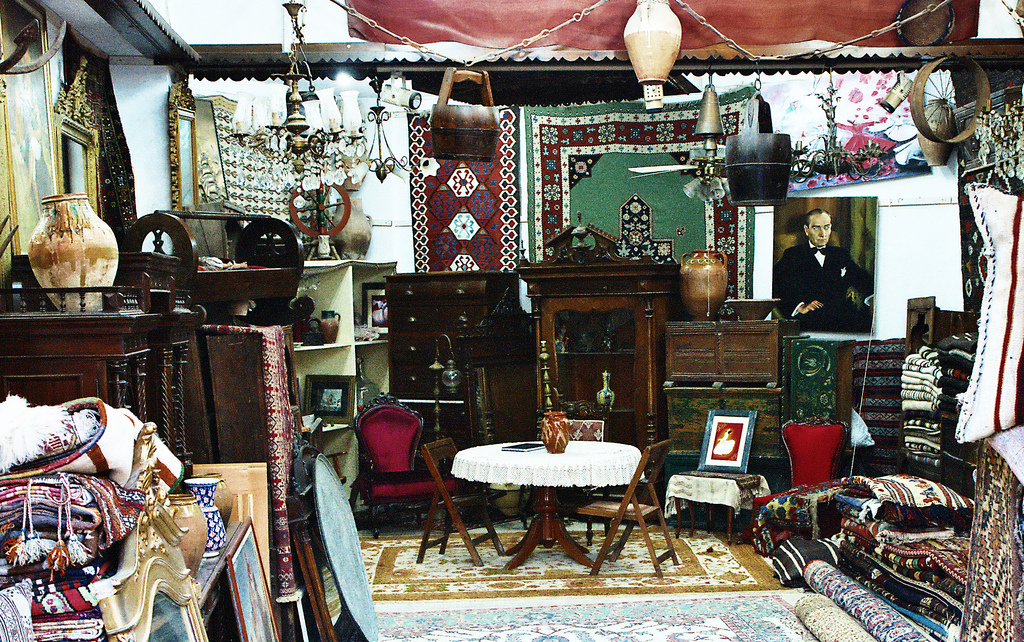
18 Aug How to Make Sure Your Stuff Remains Just Stuff (Not Fuel for a Family Feud)
People typically think about Estate Planning only in the context of their big assets. These assets could be their house, various investments, business assets etc.. But what about all the “little stuff” around the house?
Phelps LaClair wants to clarify ways to help with estate planning needs down to the little details of things around the home. The legal term for items around the home is “Tangible Personal Property.” Everything from the family room sofa to the dog that keeps sleeping on it as well as artwork, collections, and heirlooms fall within this category of property. Naturally these items have sentimental and financial value and will need to be addressed.
Part of Estate Planning includes discussing the importance of minimizing tussles in the family by designating distribution up front. These things don’t have a formal title, so you don’t have to do anything formal to make them part of the trust. In fact, all trusts we prepare automatically assign all the stuff around the house into the trust to avoid probate.
Typically, the trust will state that all of the beneficiaries agree amongst themselves on the distribution of Tangible Personal Property. However, items with emotional attachments and value can cause disagreements with no viable resolution. A family heirloom, a wedding ring, or the power tools in dad’s workshop can all be the cause of contention. It is therefore important to carefully consider all items that could result in conflict.
After careful consideration, here are two ways to address these items:
1. Give it Away Now
If you are not using the items anymore, a very practical option might be to simply give the items away now. There is nothing wrong with simplifying life, and decluttering can make just about anyone feel better about their living space. My own parents are taking this route. After 37 years in the same house they are in the process of downsizing to a smaller place. As you can imagine, they’ve collected a lot of stuff (in addition to their 10 kids and 48 grandkids) during those years. Almost every day I see a string of emails from my parents offering items to family members (we call it Phelps Craigslist.com).
This approach has allowed them to remain transparent and provide an opportunity for family members to start thinking about items they may want. Additionally, if more than one person wants a particular item my parents are able to make a decision now instead of having family members embroiled in a dispute later.
2. Designate Ownership in Your Living Trust Notebook
If we did your living trust or will, your notebook has a “Personal Effects” or “Tangible Personal Property” section with some blank pages where you can handwrite in who gets the stuff around the house. While it seems rather informal, the Successor Trustee is bound to follow these notes as long as it is in your own handwriting or signed by you. Bear in mind that these notes only apply to items around the house (with no titles attached to them). It will not work for cash laying under the mattress, older vehicles etc.
As a legal matter, planning for tangible personal property is not difficult. Oftentimes what makes it hard is the emotional attachment to these items. A thorough trust review will provide an opportunity to uncover any potential issues surrounding your assets, big and small. At Phelps LaClair we want to give you a chance to go over your decisions and talk through any potential ticking time bombs, so call or email us now if it’s time to schedule your free 3-year trust review. That way these items around the house just remain stuff- and not fuel for a family feud.
Images used under creative commons license – commercial use (7/19/2017) zolakoma (Flickr)


